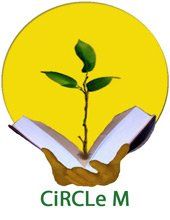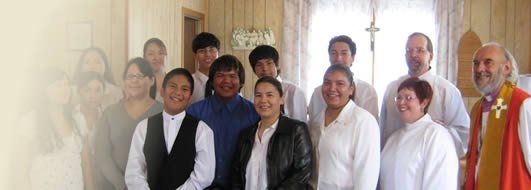
Slide title
Write your caption hereButton
Slide title
Write your caption hereButton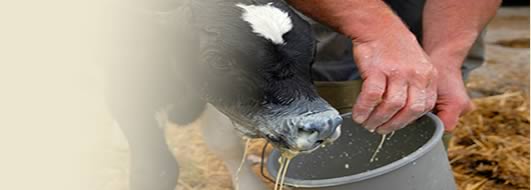
Slide title
Write your caption hereButton
Slide title
Write your caption hereButton
Slide title
Write your caption hereButton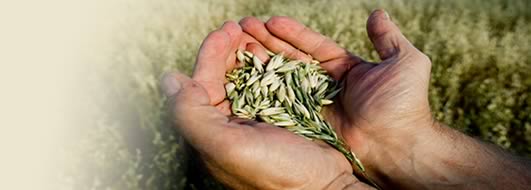
Slide title
Write your caption hereButton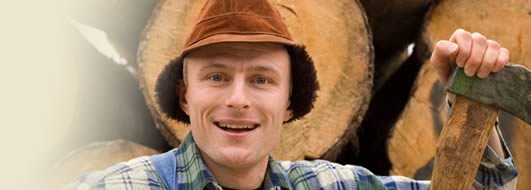
Slide title
Write your caption hereButton
Slide title
Write your caption hereButton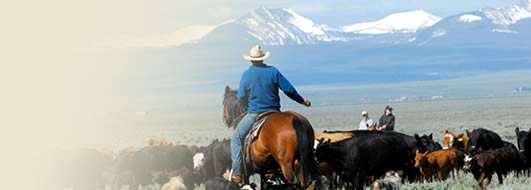
Slide title
Write your caption hereButton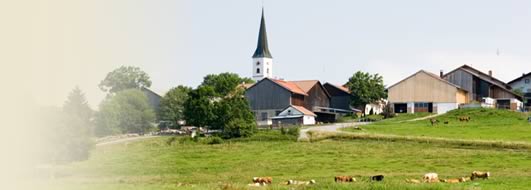
Slide title
Write your caption hereButton
CONVERSATION STARTERS
From the Seminal Seeding Project about Land, a vast number of resources have been developed for use by clergy and churches. These resources provide churches with a new window through which to explore God’s work in the world.
The library of resources is ideal for individual and group study, and includes links to further resources such as videos and other websites.
The purpose of these theological pieces is to model conversation around three categories of environmental stewardship, namely land, food, and agriculture. Each concept provides a creative and unique way to reach out to your congregation on topics of interest to rural churches and communities.
A STUDY of the LAND
An Introduction to Soil – Themes and ideas to explore with your congregation
Depending on how the resources are used, many sessions can stand alone on their own while other concepts may require more customization.
How Much Soil is Available to Grow Food?
Digging Deeper into the Science of Soil
How Much Soil is Available to Grow Food?
This worksheet gives instructions on cutting up an apple to show how much land is available to grow food on the planet. You end up peeling the skin off 1/32 of the apple to give a visual of the delicate and precious resource that is arable soil.
Faith and Farming
The video “Faith and Farming”, which was produced by Joel Campbell is a 12-minute video designed for use in faith communities. Themes of vocation, stewardship, biodiversity and below ground microbial life are highlighted by Pastor Tim Wray. The video can be watched on YouTube at the following link: https://www.youtube.com/watch?v=qltIYSJIczU&t=29s
If the themes of this film are of interest to you or your setting, you may consider a workshop to reflect on a series of short films about regenerative agriculture. Prepared by David Saude, a workshop is laid out with recommended videos with discussion questions.
Breath as Life
Soil has a metabolism that requires air. Good soil structure allows space for breathing. Advancing food production and food healthfulness will only come in conjunction with practices that allow the soil to breathe. Limiting compaction and disturbances are key. As goes the soil, so go we. How many of us feel too squished and disturbed to breathe deeply enough to think and pray, still before God? Why is this? What is “compacting” the breath out of us?
The Land Prays Too
by Tim Wray
In a rare moment I’m actively still.
A poser.
Dog pose. Warrior pose. Child’s pose. Farmer pose?
Two gifts mix, earth and breath.
My posing makes me aware.
Able to pray with focus.
Grounded and breathing, I believe this is how the land prays too.
Ruach infused.
Posing before the heavens.
A mix of earth and breath.
Actively still.
Connecting with the Land
With smartphones at hand, ask participants to think of a property that is close to their heart. It could be their home yard, a family farm, a community garden, a public park. Have them find an aerial picture of this piece of land on google maps or good earth. Have them zoom in and out to show the location’s proximity to the place that you are meeting. Share the picture with a small group, telling a story about why this piece of land is special to you. Share any history you might know about the location. How is it being managed, or not being managed today? What kinds of equipment cross this land? What is the monetary value of the land? What kinds of creatures does this land sustain? Have any of these things changed over the last 100 years? Invite participants to take a moment and pray for that land.
The Peace of Wild Things
In Wendell Berry’s short poem, “The Peace of Wild Things”, Wendell shares how he takes solace in the presence of creation. An internet search will quickly bring up the text. Wendell finds that his soul is granted sabbath when he is attentive to the unforced rhythms of life before him and the unseen scope of nature in the ever presence of stars. You might read the poem to a group asking them to close their eyes and imagine a place where they find sabbath for the soul. Can they name signs of the unforced life that is present to them in that place?
Ancient Wisdom
Indigenous Bishop Mark MacDonald teaches about the Ojibwe word for land, Aki. Aki is not something that can be owned or staked out for sale. It is the sum of all the relationships, where there is room and enough for all, the place that gives life.
Soil scientists have come to learn that soil is more properly understood in this way also. Far from our inert understanding of dirt, soil is a matrix of relationships (more than minerals) that give life. A rule of thumb used to express this point is that a spoonful of soil will have more organisms in it than the human population of earth. All those organisms are relating to each other to trade resources and fend off threats. This buzzing economy creates the building blocks for terrestrial life. We are learning that the microbial life of our own gut bears striking similarity to the soil. Human and Humus have the same roots.
Land Brings Forth
In Genesis 1:11 and 1:24 God blesses the dry land and invokes it to bring forth vegetation and animals. Through careful observation, we are beginning to see hints at the self-organizing abilities of God’s creation. The Torah teaches that the land can feed people without our plowing. In Leviticus 25, The Sabbath Year allows the land to rest, and yet it still feeds the tenants, their servants, laborers, livestock and wild animals. The land brings forth!
The Call of the Reed Warbler
Farmer and author, Charles Massy of Australia wrote “The Call of the Reed Warbler”, summarizing his life work as a steward of land. An article about Massy touches on the theme of self-organization.
…he says, “One of the big ideas I discovered going back to [graduate school] was this concept which I came to, that our natural complex systems will self-organize themselves back to health. I think it is one of the biggest ideas. I think it is as big as evolution. It has only just emerged with physics and chemistry and computers and stuff. The Earth itself is a self-organizing regulating system.”
The human element is the problem, the learning how to live tuned to its rhythms, to get out of its way, to listen to the land. “I say confidently that not many farmers can read the landscape. For them to change they have got to admit they have been wrong for most of their lives. The thing that is challenging about it is that you have got to be totally flexible to adjustment and really get your mind into how nature works and be able to change tactics.” (Chenery, 2017, “Farmer wants a revolution: How is this not genocide?”, The Guardian, (23:34) Friday, September 22) A web link to the full article can be found here: https://www.theguardian.com/environment/2017/sep/23/farmer-wants-a-revolution-how-is-this-not-genocide
Lectionary Connections
Lent 5, Year B, Gospel Text John 12: 20-33, a central metaphor to describe Jesus’ death and resurrection is that of a seed of grain “dying” in the soil. We know that seeds don’t die. They put forth enzymes and colonize their surroundings with bacterial life to transform the bed of darkness that surrounds them so that they, and the entire rhizosphere (the below ground surroundings of the plant) can generate life. Does this help us imagine other nuances to traditional atonement theories? Jesus’ death as being an act of faith, whereby he gives over his life to the self-organizing patterns of God’s in-breathed creation, trusting that the earth will do what God has commanded it to do – which is to bring forth life, a harvest of 30, 60, 100 fold.
Worldview
Dietician Diana Rodgers gave a 30 minute presentation to the Icelandic Health Symposium in 2017. Building on a “systems” view of food production she argues for the eating of meat. Regardless of your dietary choices, the last three minutes of her talk are worth watching. She tries to explain how we have to come to relate to food production in such a mechanistic way. She offers a quick summary of three world views:
- Pre-materialism sees the universe as ordered by a divine being and our life, role and fate within the universe rests in that ordering force.
- Materialism that says matter is the only thing that is “really real” and humans are free to determine what we value and how we should use the world around us for our own gain.
- Post-materialist views recognize that the universe is sacred in and of itself, as is our participation as living and dying creatures. Humanity should find meaning and fulfillment as part of the cycles of life among an ecological web of complex relationships.
These are crude summaries, but they are helpful caricatures. What worldview best resembles your own thoughts about creation? Do your actions match or betray the worldview you espouse?
In discussions of creation stewardship these world views come to the fore, often unspoken and assumed. Regarding the relationship to land and soil, what is the world view of your denomination, your pastor, your fellow congregation members, your family, your neighbors and your boss? Can you see how each world view will bring about different conclusions regarding how we should and can relate to the created world around us and what results we might expect?
Digging Deeper into the Science of Soil
There is a plethora of both farmer and scientist talks on YouTube that tell the story of how soil, plants and creatures interact to cycle nutrients and produce food. Search “Soil Health” and you’ll open up days of learning.
The YouTube channel for “59degrees” has a series of short introductory videos about how soil forms.
For further technical explanations helpful voices are Dr. Chris Nichols, Dr. Christine Jones, and educator Joel Williams.
For a farmer perspective, Joel Salatin has become a spokesperson for small-scale regenerative agriculture. Alan Savory studied large ecosystems and concluded that we need a systems theory approach to land management. Savory has been very influential among regenerative thinkers.
For the keener, search talks by Walter Jehne. He ties climate theories to soil properties in a logical and astounding way.
Ritual - Rogation Services, Blessing of Seeds
Possibly the most powerful discovery is that plants are far more active than we thought in shaping their environment. In the last decade we discovered that the plant is really the “mouth of the soil”, capturing sunlight and trading photosynthates (carbon-based molecules) with a network of life under our feet. Taking some time to reflect on the mystery of germination, and what we see only through a mirror dimly, might invigorate these ancient rituals. Invite your members to bring their seeds designated for spring planting. Notice the differences. Have a keen gardener share a bit about the different seeds and bulbs. Pray for these seeds and how they will nurture the earth.
Blessing
by Tim Wray
Breathe as the soil breathes.
Plant as the sower seeds
Share like the plant that feeds
That which is below and sight unseen.
Teaming with still - activity
Trusting,
life generates a blessing.
In the name of Holy Trinity.
Go in peace. Serve the Lord.
Thanks be to God.
Follow Us
All Rights Reserved | CiRCLe M Centre for Rural Community Leadership and Ministry
Powered by Churchweb Canada
